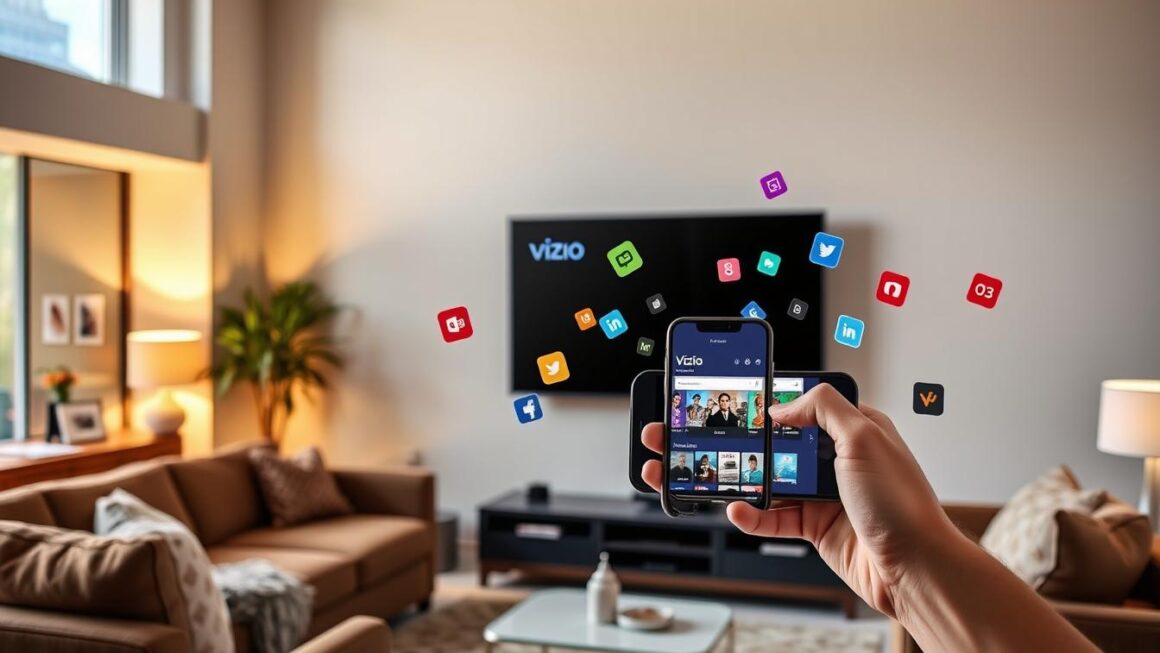The Resurgence of Live TV: Why Viewers Are Tuning Back In
In an era dominated by streaming services and on-demand content, one might assume that live television is a diminishing medium, outpaced by the convenience and flexibility offered by platforms like Netflix, Hulu, and Disney+. However, recent trends reveal a fascinating turnaround: live TV is making a comeback. Viewers are tuning back in, rekindling their affection for the immediacy and communal experience of watching events as they unfold. This article delves into the factors driving this resurgence and explores what it means for the future of television.
The Allure of Real-Time Engagement
One of the most significant draws of live television is the engagement that comes from watching events as they happen. Whether it’s a crucial sports match, an anticipated award show, or breaking news, live TV offers a sense of immediacy that recorded content simply cannot replicate. This real-time experience fosters a feeling of connection among viewers, often leading to social media engagement where fans discuss their thoughts and reactions as events transpire. In a world that increasingly feels fractured and isolated, sharing an experience—however distant—can be incredibly appealing.
The Rise of Live Sports
Live sports have been a linchpin in the return to traditional television viewing. Major sporting events, particularly those hosted by networks like ESPN, NBC, and Fox Sports, continue to draw massive audiences. The NFL, NBA, and other major leagues retain large, loyal viewerships, with advertisers keen to reach an engaged audience during these high-stakes broadcasts. Moreover, the pandemic has reignited interest in sports, with fans eager to return to the thrill of live games, turning their televisions into the community hub for these events.
Cultural Phenomena and Reality TV
Live television shows, particularly reality TV formats and competition series, have also contributed to the resurgence. Productions like "The Bachelor," "Survivor," and competitive shows like "Dancing with the Stars" have cultivated dedicated fan bases that thrive on weekly episodes filled with real-time drama and unexpected twists. The “watercooler,” or trending moments from these shows encourage viewers to tune in live to avoid spoilers and participate in viral discussions online. The thrill of unpredictability—where anything can happen—is a powerful motivator for audiences craving excitement.
Events and Specials
Annual events such as the Super Bowl, the Oscars, and the Grammys remain significant draws, becoming cultural touchstones that viewers prioritize on their television calendars. Such events not only offer entertainment but also provide a sense of tradition and shared experience. They bring people together, whether through physical gatherings or virtual watch parties, further solidifying the role of live TV in today’s social landscape.
Technological Advances and Accessibility
As technology evolves, so does the live TV experience. Improvements in streaming capabilities have made live events accessible on various devices, allowing viewers to tune in from anywhere. Additionally, new subscription models, including those that bundle live TV with on-demand options, cater to evolving viewing habits, making it easier than ever to catch favorite programs as they air.
Live TV platforms have also embraced digital integration, offering features like interactive voting for reality shows or second-screen experiences that complement live broadcasts. This blend of real-time viewing with innovative technology enhances viewer engagement, cultivating a sense of community that recordings simply can’t replace.
A Hybrid Future
While the rise of live TV is distinctive, it does not signal the end of on-demand streaming services. Instead, the future of television may lie in a hybrid model where both live and on-demand content coexist harmoniously. Networks are increasingly blending traditional programming with streaming capabilities, offering viewers flexible options to engage with their favorite shows.
Conclusion
The resurgence of live TV represents a significant shift in viewer behavior, driven by a desire for connection, the thrill of real-time engagement, and the excitement of communal experiences. As viewers navigate a complex media landscape, the allure of live television, underscored by major events and innovative technology, positions it for ongoing relevance in the years to come. The traditional TV set remains a vital conduit through which shared experiences can thrive—a testament to the enduring power of live programming in our increasingly digital age.




